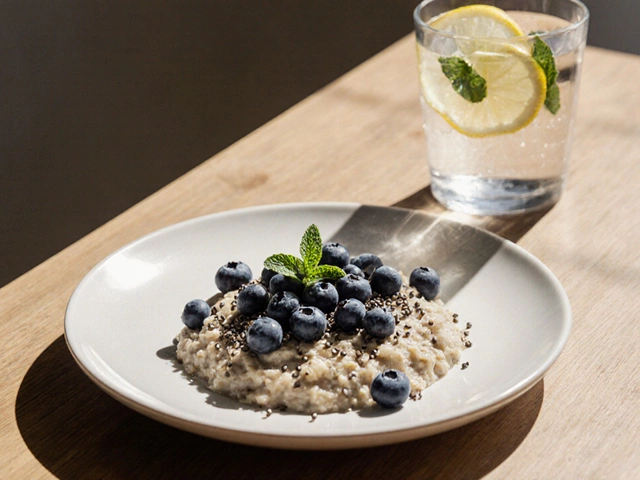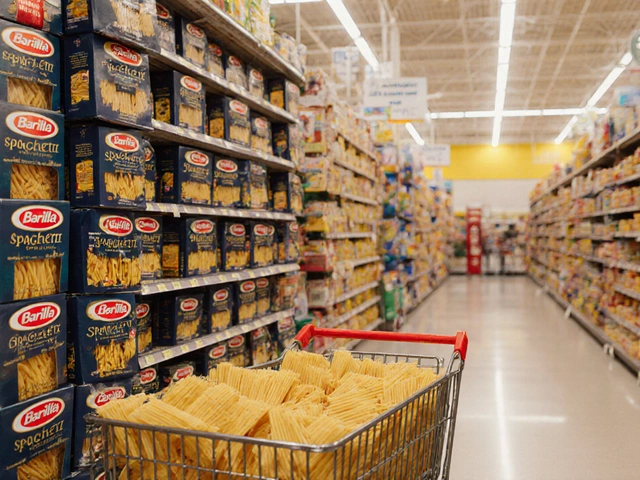Healthy Foods Made Easy: Tips, Budget Tricks, and Tasty Ideas
Everyone wants to eat healthier, but the word ‘healthy’ can feel overwhelming. The good news? You don’t need a fancy grocery list or a huge budget. With a few smart moves, you can fill your kitchen with nutritious foods that taste great and keep your wallet happy.
Pick the Right Staples
Start by stocking pantry basics that are both cheap and nutrient‑dense. Beans, lentils, brown rice, and oats are great examples. One cup of cooked lentils gives you about 18 g of protein and loads of fiber, and a bag of them lasts for weeks. Keep a few cans of tomatoes, low‑sodium broth, and frozen veggies on hand too – they’re ready whenever you need a quick stir‑fry or soup.
When you shop the produce aisle, look for seasonal fruits and veg. In the UK, apples, carrots, and cabbage are usually cheap in autumn, while berries and tomatoes pop up in the summer. Buying in season means you pay less and get fresher flavor.
Smart Meal Planning Saves Time and Money
Take five minutes on Sunday to map out meals for the week. Write down what you’ll eat for breakfast, lunch, dinner, and snacks. This simple step stops you from grabbing expensive take‑out when you’re hungry and helps you use every ingredient you buy.
Try the “batch‑cook” method: make a big pot of chili, a tray of roasted vegetables, and a batch of quinoa. Portion them into containers, and you’ll have ready‑to‑heat meals that stay healthy and cheap.
Don’t forget leftovers. A bit of roasted veg can become a filling for a wrap, and leftover rice transforms into a tasty fried rice with an egg and some soy sauce.
Food safety is another piece of the puzzle. Keep your fridge at 4 °C (40 °F) or lower, and store raw meat on the bottom shelf to avoid drips on ready‑to‑eat foods. If you’re using a slow cooker, make sure the temperature hits at least 74 °C (165 °F) before you serve. This kills harmful bacteria and keeps meals safe for the whole family.
For a quick protein boost, try a handful of nuts or a spoonful of Greek yogurt. Both are easy to grab and give you the nutrients you need without a lot of prep work.
Finally, stay flexible. If a recipe calls for an ingredient you don’t have, swap it with something similar you do have. Swap broccoli for cauliflower, or brown rice for whole‑wheat couscous. The goal is to keep the meal tasty, nutritious, and affordable.
By focusing on inexpensive staples, planning meals ahead, and keeping food safety in mind, you’ll find that eating healthy foods isn’t a chore—it’s a simple habit that fits right into your daily routine.

The Ultimate Food King: Unveiling the Best Food in the World
by Landon Weathers / 27 Jun 2025What counts as the 'king of all foods'? Dive deep into science, flavor, and tradition to discover which food truly wears the crown—and where myths just don't hold up.


